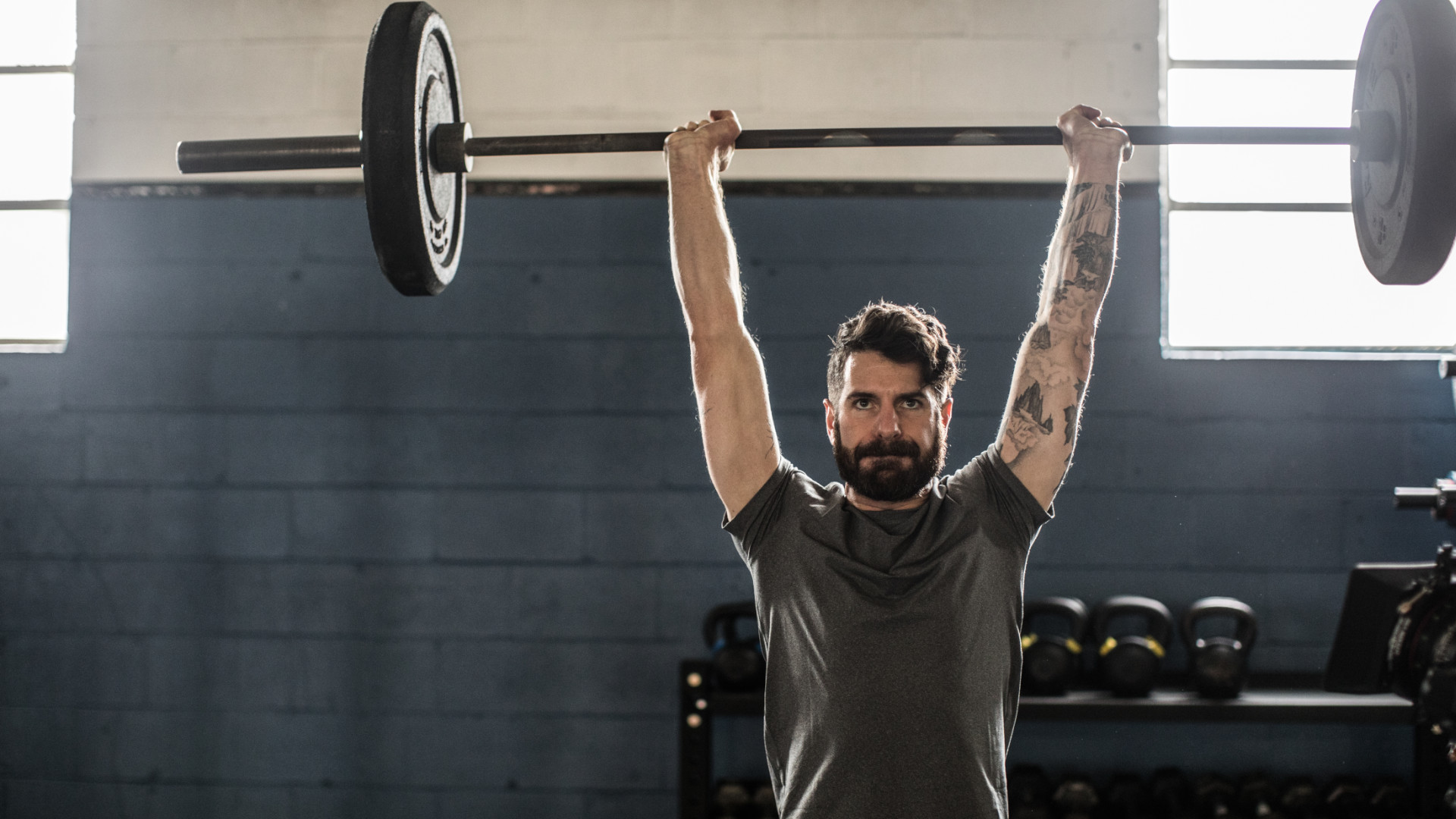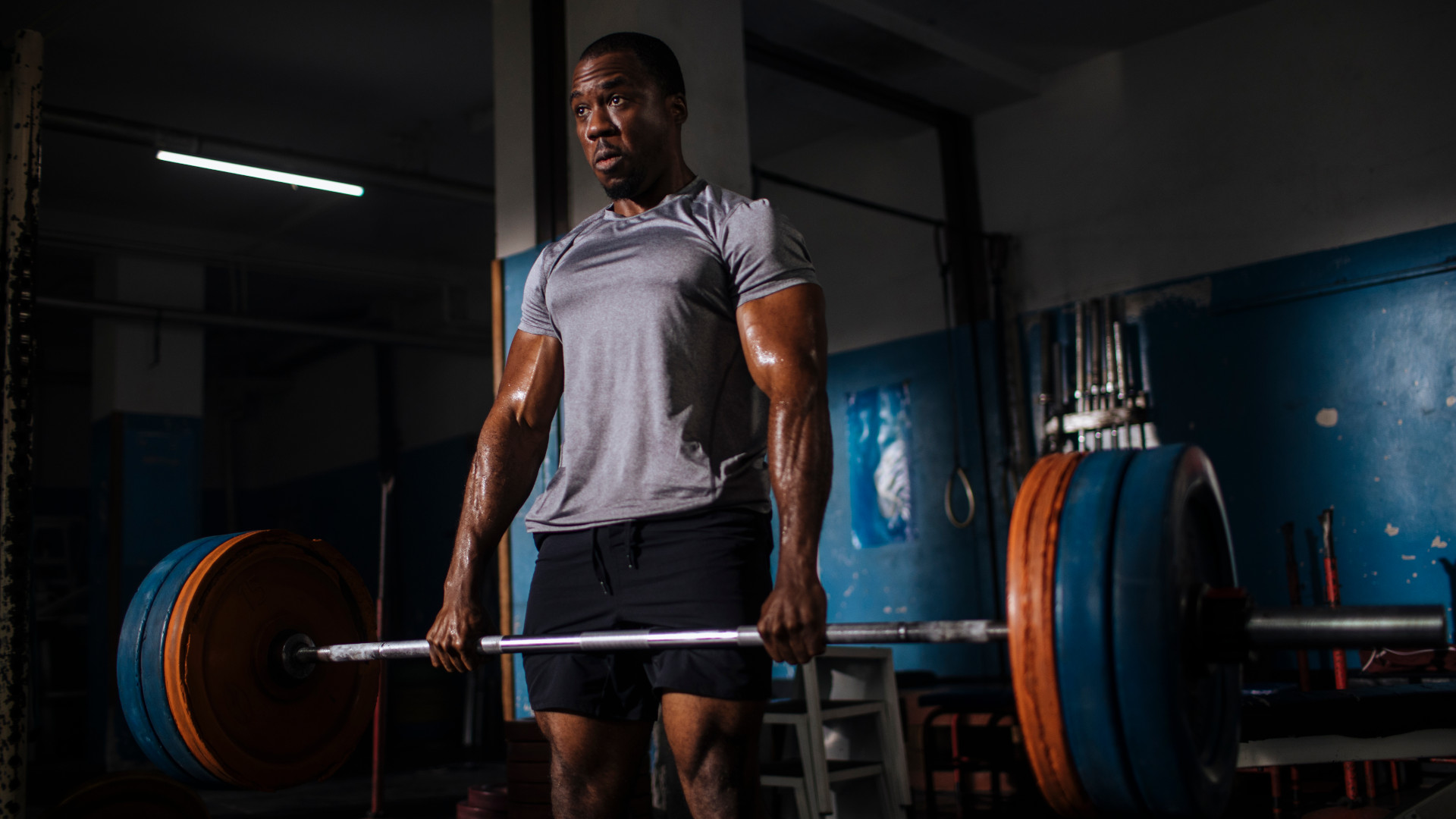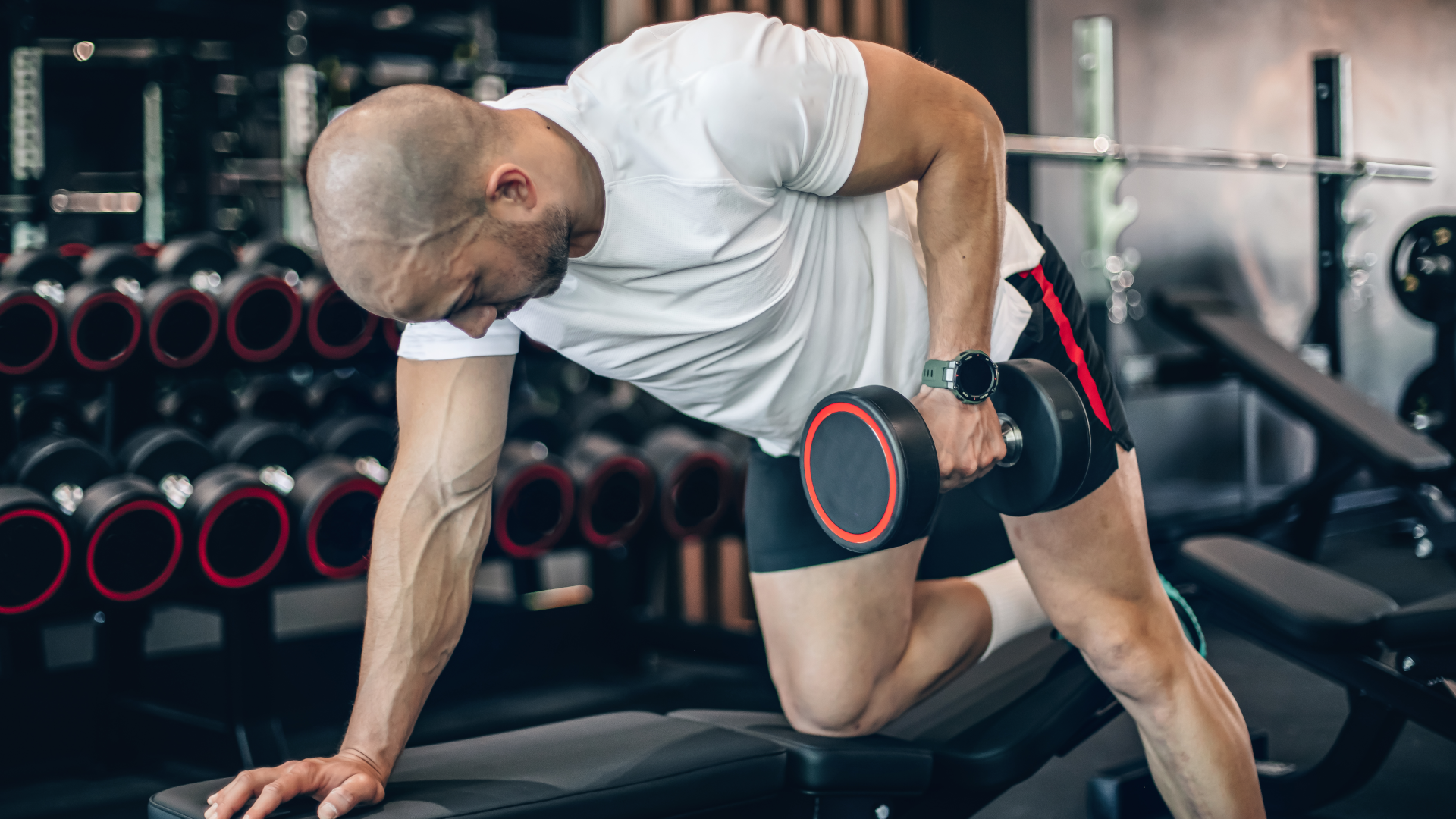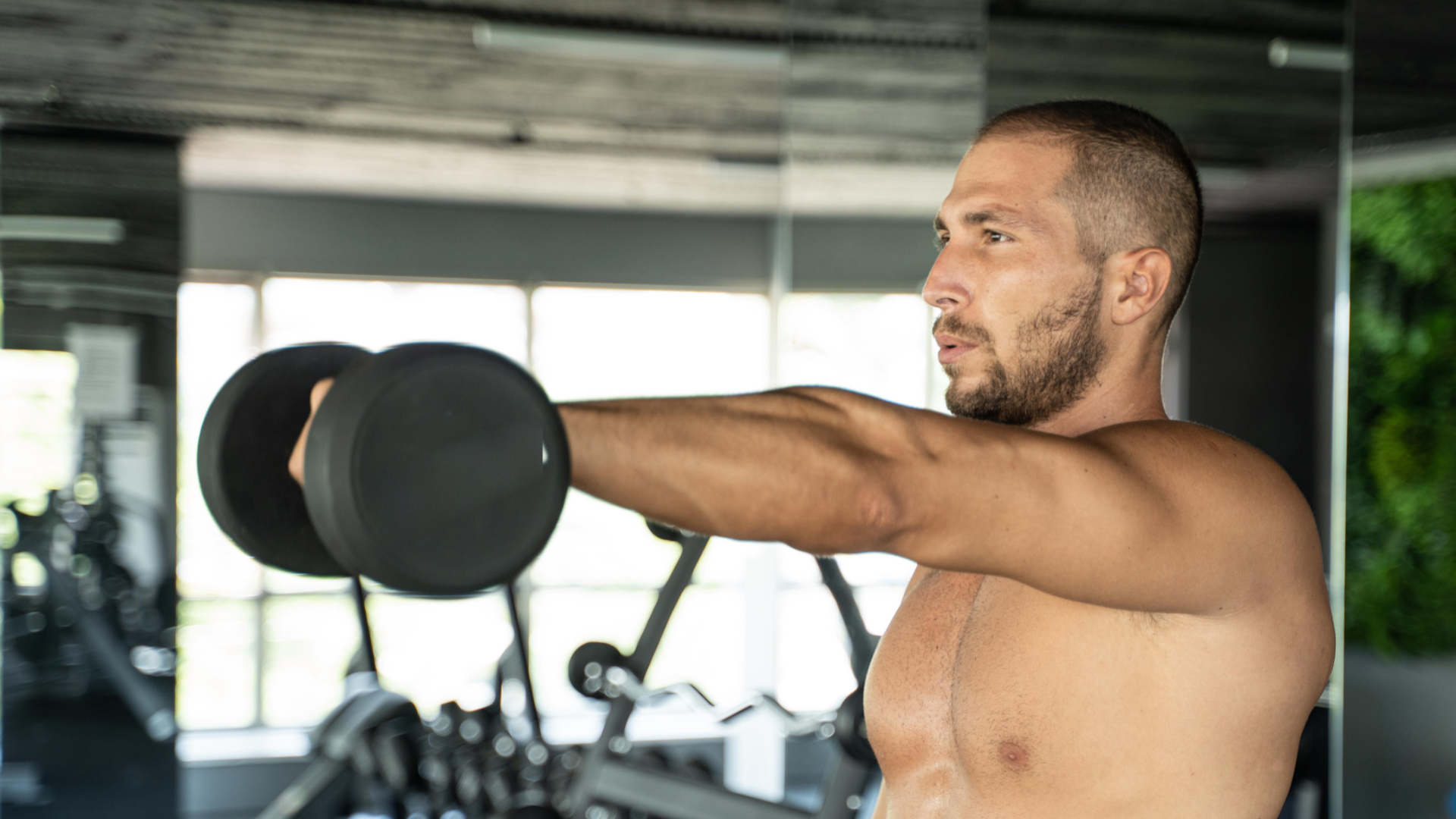5 exercise swaps you should make for more muscle growth
These smart swaps from an exercise scientist could just be what you need to up your gains


When it comes to building muscle, what you train can be just as crucial as how you train. You might be putting in the effort week after week, yet still falling short of the gains you’re aiming for – often because the exercises in your routine aren’t delivering the best return. That’s where making smarter exercise choices can make all the difference.
In his latest YouTube video, exercise scientist Dr. Mike Israetel breaks down five commonly used exercises that, while not ineffective, might not be the most efficient for hypertrophy. He’s not here to bash them – he actually rates them all and encourages giving them a try – but if your primary goal is muscle growth, Dr. Mike makes a strong case for swapping them out for better-performing alternatives that may offer more stimulus with less fatigue.
Deadlift

Wait, what?! We get it, this sounds controversial. But Dr. Mike raises two valid points: first, the conventional deadlift is highly fatiguing, and second, it doesn't offer a large range of motion – which studies have shown is a key factor in muscle growth. The good news? You don’t have to abandon this compound exercise altogether. A smart alternative is the deficit deadlift. Do we recommend replacing the deadlift with deficit deadlifts every time? No. But if you want growth and you’ve been deadlifting a while and you want to improve your stimulus to fatigue ratio, and target the muscles of the back and legs better, the deficit deadlift checks a lot of boxes.”
Tricep push downs
The tricep cable pushdown has earned a reputation as one of the top tricep exercises – and rightly so. But, as Dr. Mike points out, many lifters turn to it simply because it's familiar, not necessarily because it's the most effective option for them. His go-to alternative? The EZ bar overhead tricep extension. “It allows you to engage the long head of the triceps and get a massive stretch,” he adds. And, we all know what a massive stretch means – gains. The semi-supinated grip of the EZ can also reduce strain on your wrists and shoulders. Plus, he says if you push your elbows forwards as the bar comes down, instead of trying to keep them up, you’ll get the bigger stretch of the triceps under the most tension.
Single arm dumbbells row

Single-arm rows blast your lats and are great for two reasons: they allow for a deep stretch at the bottom of the movement and let you isolate each side of your body. But Dr. Mike suggests it might be time to double up. “The biggest advantage for two-arm rows is, functionally, you do the same amount of work twice as fast,” he says. Are they harder? Definitely. You’ll be challenged more in terms of stability as you hinge over, and you might not lift as much weight, so your ego might take a hit. But the trade-off is greater efficiency, better overall muscle coordination, and a serious back workout that doesn’t waste time.
Front squats
We've explored the front squat vs. back squat debate for hypertrophy before, and the general consensus tends to favour the back squat. Dr. Mike agrees it’s a top-tier lift, but he also highlights its downsides: back squats are technically demanding, requiring solid mobility, strong core engagement, and a high level of coordination. That makes them tougher to perform for high reps – which is crucial for muscle growth. In the video, Dr. Mike’s training partner adds that high-bar back squats might be a better fit for hypertrophy-focused lifters. They're easier to progressively overload and less likely to leave you gasping for air midway through a set, letting you focus more on muscle fatigue than just surviving the reps.
Single-arm front raises

Front raises are great for targeting the front delts – but if your routine already includes heavy pressing movements like bench press, incline press, or overhead press, your front delts are likely getting plenty of love. And if you're chasing that wide, ‘capped’ shoulder look, it's your lateral delts (the sides of your shoulders) that need the most attention. That’s why Dr. Mike recommends switching to the super range of motion dumbbell lateral raise. Unlike the standard version, this variation goes beyond shoulder height, lifting the dumbbells all the way up until they meet above your head. “You get a massive eccentric stretch on the way down, and your front delts still get hit,” he says. It’s not a lift for showing off, as lighter dumbbells are key, but the burn and muscle-building payoff are well worth it.
Get all the latest news, reviews, deals and buying guides on gorgeous tech, home and active products from the T3 experts

Bryony’s T3’s official ‘gym-bunny’ and Active Staff Writer, covering all things fitness. She is a certified personal trainer and also a part-time fitness instructor. In her spare time, you will find her in her natural habitat - the gym - where her style of training is a hybrid of bodybuilding and powerlifting. Bryony loves writing about accessible workouts, nutrition and testing innovative fitness products that help you reach your fitness goals and take your training to the next level.
You must confirm your public display name before commenting
Please logout and then login again, you will then be prompted to enter your display name.